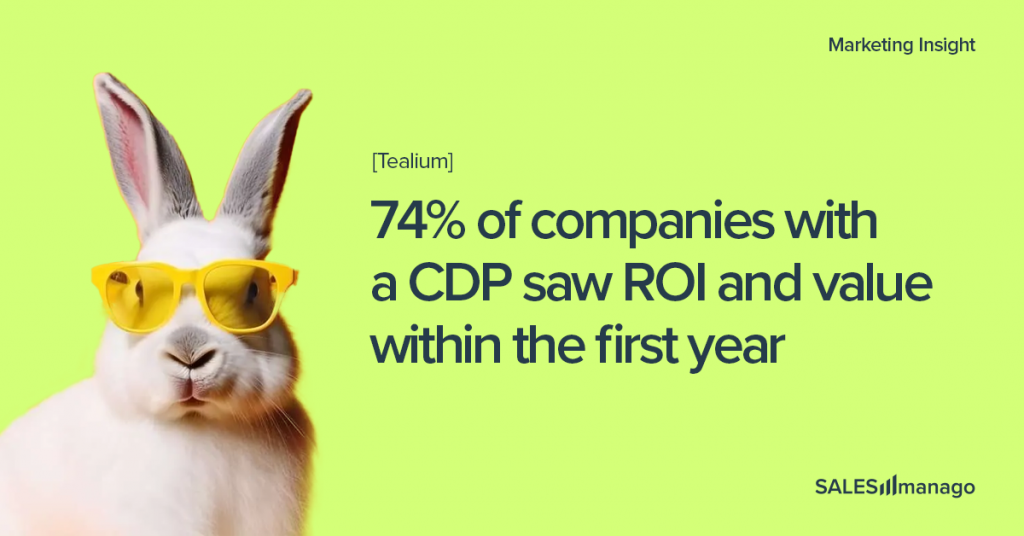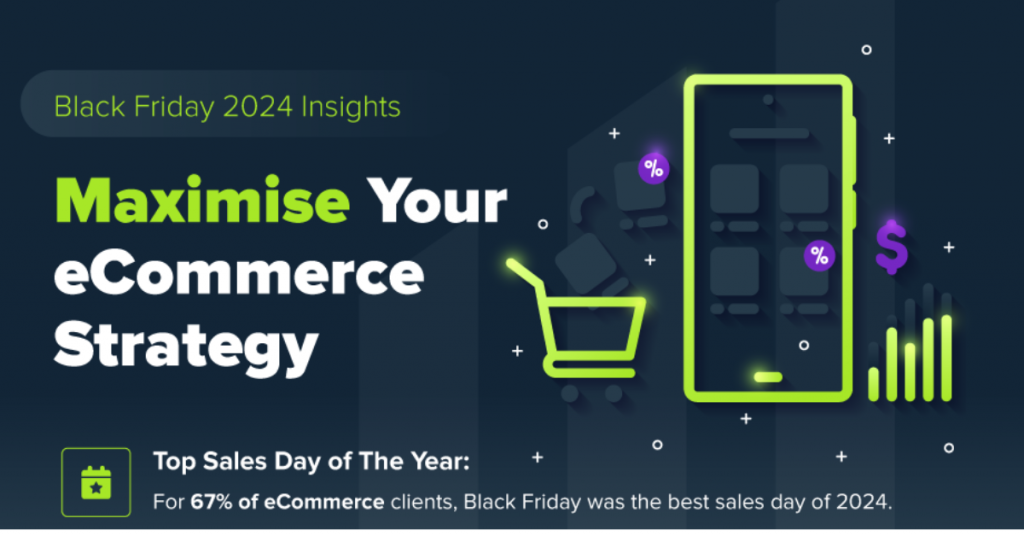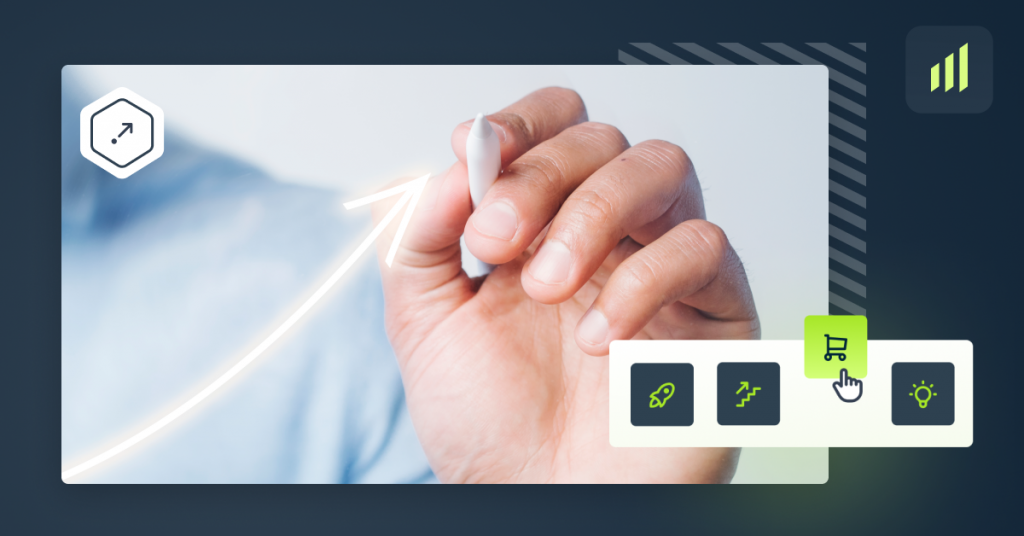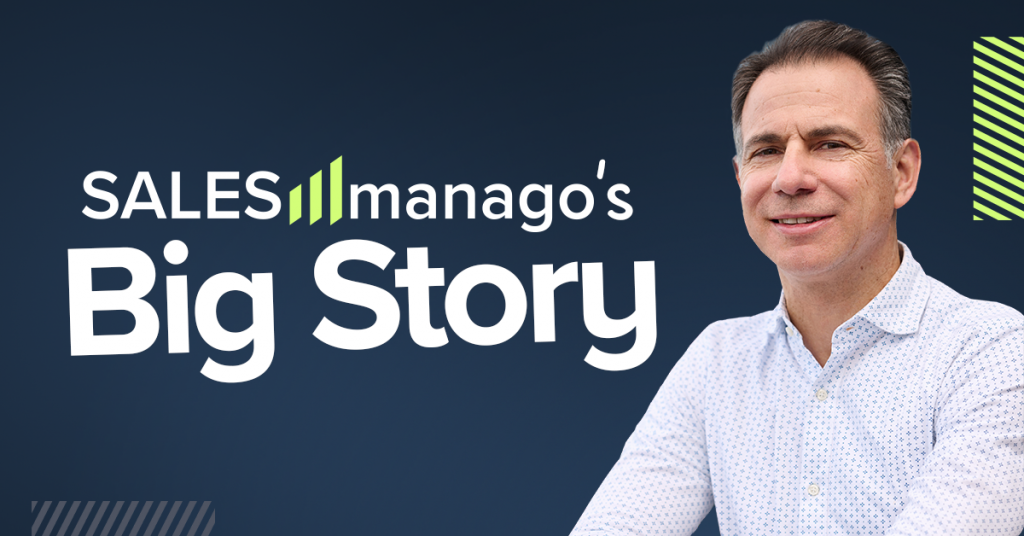
In the CDP In A Nutshell three-article series, we explain the basics of the Customer Data Platforms: what they are, how they are different from legacy systems, why they are better, and – most importantly – how can you, and your company benefit from their vast abilities. In this article we explain what the Customer Data Platform is, its purpose, and how it evolved.
As an eCommerce marketer, you probably heard about Customer Data Platforms (CDPs) more times than you can count, but without context or any deeper explanation. Or maybe you’ve never heard of them? In both cases, you may not really know what they are and confuse them with older types of data management systems. For this reason, the extreme value CDP can bring to your company may just go right under your radar. After all, 74% of companies with a CDP saw ROI and value within the first year! (Tealium)
But before we’ll get to the numerous advantages of CDP over legacy systems in the next articles of this series, let’s start with the basics – what is it?
What is CDP?
Customer Data Platform is a digital tool that gathers and unifies first-party consumer data from multiple sources and combines them into a single, comprehensive customer profile.
A similar definition is provided by the CDP Institute:
“(…)a packaged software that creates a persistent, unified customer database that is accessible to other systems”
“Packaged software” means that CDP is ready-to-use, off-the-shelf software, provided usually by the vendor.
The part about “persistent, unified customer database” means that CDP collects the data from many different sources, basically, all the company’s touchpoints, where acquiring first-party consumer data is possible, like sales, loyalty, customer service, social media, etc. Data from different sources is stored in CDP, then merged and unified into a single customer profile.
Finally, “accessible to other systems” means that customer data is shared with any other system that needs it, like those used by sales, marketing, commerce.
So the Customer Data Platforms serve three purposes.
3 Purposes of Customer Data Platform
They collect and unify all the company’s customer data
Most of the systems, like email or previously mentioned CRM, used by marketers, operate in silos. That means the data stays within them and is not exchanged across the systems. This fragmentation obscures the big picture. CDP serves as a connection between the fragmentary sources and produces a single truth.
They enable effective customer data management
CDPs enable the company to manage effectively first-party data in the context of privacy and data rights, by controlling what data is, under what consent is available to whom inside the company.
They enable data-based actions
First-party data is unified into consumer profiles. These profiles are then structured into audience segments. They can be then used across other platforms within the company.
Why and how did it evolve? 2nd generation of Customer Data Platform
The problem of data abundance
The first-generation CDPs were created with such main purposes. They were designed to unify consumer data and provide a single source of truth for all company’s divisions, to make the actions made inside the segments work in synergy.
In practice, they proved to be too narrowly focused on marketing use and did not consider the entire end-to-end customer experience across the company. In the October 2019 report “For B2C Marketers, Customer Data Platforms Overpromise and Underdeliver” Forrester concluded: “CDPs lack crucial capabilities to solve for identity resolution, data hygiene, and cross-channel orchestration.”. Without these capabilities, CDPs “can’t meet enterprise B2C marketers’ expectations for personalized and targeted customer engagement.”
What was the source of the problem? The first-generation CDPs were technically able to gather data from all the sources the company provided, they also had the functionalities to build a single consumer profile. But to build this profile, all the data had to be manually analyzed by the data scientists. Only on the basis of their analyses, suitable actions could be taken.
And as Harvard Business Review discovered in 2018, up to 80% of the time is spent by data scientists just to organize and clean raw data to uncover meaningful information. A huge amount of work put into just organizing datasets leaves them with just 20% of the time to perform the actual analysis. This was the aforementioned problem of data hygiene.
This leads to another area, where traditional CDPs fall short and that is providing holistic consumer profiles, useful across all the company, not only the marketers but also sales, customer service, loyalty etc. Pushed by the time limit, data scientists are only able to produce fragmented models. Then, on the basis of these incomplete models, the actions also had to be taken manually.
There was a lot of data, but intelligence did not effectively emerge from it. This is when CIPs entered the stage.
The solution – 2nd generation Customer Data Platform
Customer Intelligence Platform (CIP) is the next step in CDPs evolution. CIPs include zero-party data along with first-party data to provide insights. And they leverage AI and machine learning to understand, resolve and evaluate both structured and unstructured data available to the company.
Solving with AI the identity resolution, data hygiene, and cross-channel orchestration problems, that the “classic” CDPs had, include:
- Resolving and de-duplicating core master data about prospects, customers, accounts, locations, transactions, preferences, and associated reference data.
- Matching data entities and new record types.
- Enriching the first-party data with zero-party indicators.
- Allowing a wide range of users to perform complex analysis via a seamless interface.
- Generating multiple unique customer views in real-time.
CIPs use AI and machine learning to gather, analyze and evaluate qualitative and quantitative data. They are able to share insights with marketing, sales, customer service, financial, etc. way more effectively than “classic” CDPs were. Adding intelligent automation removes consumer friction points by streamlining data-driven actions and allows to monitor every step of the customer journey. On this basis, predictive customer behavior models are created.
Examples of effective cross-channel orchestration:
- An issue is reported to customer service. CIP informs the service that this is a high-value client to the company that has just made a large purchase.
- An issue is reported to customer service. CIP informs the marketers to exclude this client from the planned campaign until the issue is resolved, to prevent irritation.
From this standpoint, CIPs are a modern iteration of CDPs, backed by AI and machine learning. Technically speaking, SALESmanago is a Customer Intelligence Platform. We however use the term AI-driven Customer Data Platform with Omnichannel Execution. Next-gen CDP would also describe us accurately. And 2nd generation CDP. All these terms are technically correct.
SALESmanago – the first in many ways
AI-driven Customer Data Platform with Omnichannel Execution – it is the term coined by SALESmanago. We were one of the first, if not the first CDP provider, that employed Copernicus AI to support data scientists, and definitely the first that focused so much on Zero-Party Data. Finally, we transgressed even 2nd generation and now our system can be called Customer Engagement Platform.
What does it mean? Read our next articles from CDP in a Nutshell series.
 Follow
Follow
















